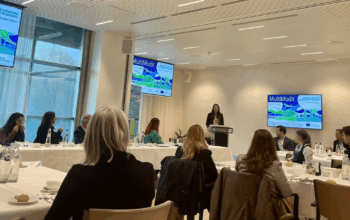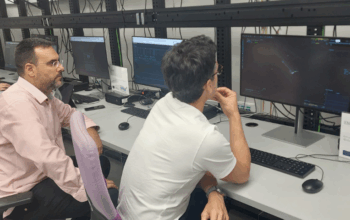
SESAR Joint Undertaking project works to achieve the full automation of airport ground operations
ASTAIR, a SESAR Joint Undertaking project, has undergone their first validation exercise – providing an initial assessment and review of expectations around algorithms that can help with airport ground operations. The ASTAIR project is working to achieve the full automation of airport ground operations in order to enhance efficiency and predictability. They aim to develop an AI-powered algorithm solution that seamlessly integrates into existing SESAR solutions, such as the A-CDM (Airport collaborative decision-making) and A-SMGCS (Advanced surface movement guidance and control system).
By developing AI-driven support tools, the solution aims to reduce operators’ workload and delays and optimise operational flow – all whilst maintaining a human-centered approach. Involving multiple stakeholders during ground operations, the ASTAIR project aims to revolutionise how airports handle surface vehicle movement.
A series of validation workshops refined use cases and brought together stakeholders to discuss which routine tasks could be handled by this solution autonomously, reducing operator workload. Eight suitable use cases were identified, reflecting the complex challenges of AI-human collaboration in such a safety-critical environment:
• The operations of inbound and outbound traffic taxiing on a low to normal load;
• Normal operations with re-scheduling: managing routine traffic while accounting for real-time rescheduling needs,
• Arriving traffic without parking: handling arriving flights when parking spots are unavailable,
• High-level taxi strategy tuning: fine-tuning the AI routing strategy based on operational conditions,
• Automation failure: ensuring human operators can swiftly intervene when AI is no longer able to compute a conflict free solution,
• Runway mode of operation modification: dynamically changing runway mode based on current conditions,
• Departure remote holding: facilitating remote holding solutions when the aircraft is ready to depart but departures are delayed,
• Arriving flight with technical issue: managing ground movements when an arriving aircraft experiences a technical fault at landing.
These cases will be brought forward for more in-depth testing as part of the ASTAIR project, laying a solid foundation for ASTAIR’s development. The ultimate goal is to provide functional prototypes and algorithms that can be utilised in a practical and scalable way in the near future.
Find out more here.



